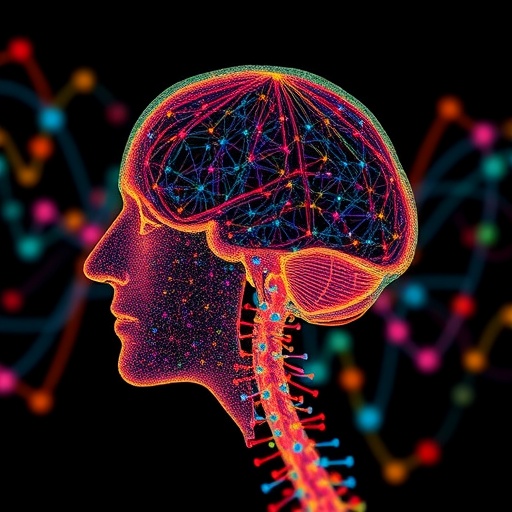The relation could be a universal trait among mammals
The relation between collagen laxity and anxiety in humans is widely known, but this relation has never been observed before in other species. A team of researchers led by professors Jaume Fatjó and Antoni Bulbena from the Department of Psychiatry and Legal Medicine at the UAB, the Hospital del Mar Medical Research Institute (IMIM) and the UAB Affinity Foundation Chair in Animals and Health, analysed a set of 13 animal behaviour characteristics and hip joint mobility in a total of 5575 domestic dogs. The results point to an association between hip joint hypermobility and a brain activation linked to emotions in dogs, with similar results as to those observed in people.
In the case of humans, researchers observed that this relation is made evident by manifestations of anxiety, fear, agoraphobia and panic, and that it is linked to hypermobility thanks to the indirect effects of emotional and mental states through a deregulation of the brain’s independent reactions which intensify emotional states. Scientists maintain that excitability, this emotional reactivity, is one of the risk factors for anxiety disorders.
“Many years ago our research group discovered a relation between hypermobility and anxiety, in which people with more joint mobility and flexibility also tended to have more problems with anxiety. Now for the first time we are able to demonstrate that this association also exists in a non-human species”, explains Professor Fatjó.
In the new study published in Scientific Reports, of the Nature group, researchers presented the first evidence of an association between hip joint hypermobility and behavioural alterations in a non-human species, which may suggest a very ancient evolutionary link which could be a universal trait in all mammals.
###
Also participating in the research were Andrea Bulbena, researcher at the UAB Department of Psychiatry and Legal Medicine and at the Icahn School of Medicine Mount Sinai (USA); as well as researchers from the University of London (UK), the University of Pennsylvania (USA) and The Seeing Eye organisation (USA).
Media Contact
Jaume Fatjó
[email protected]
http://dx.




